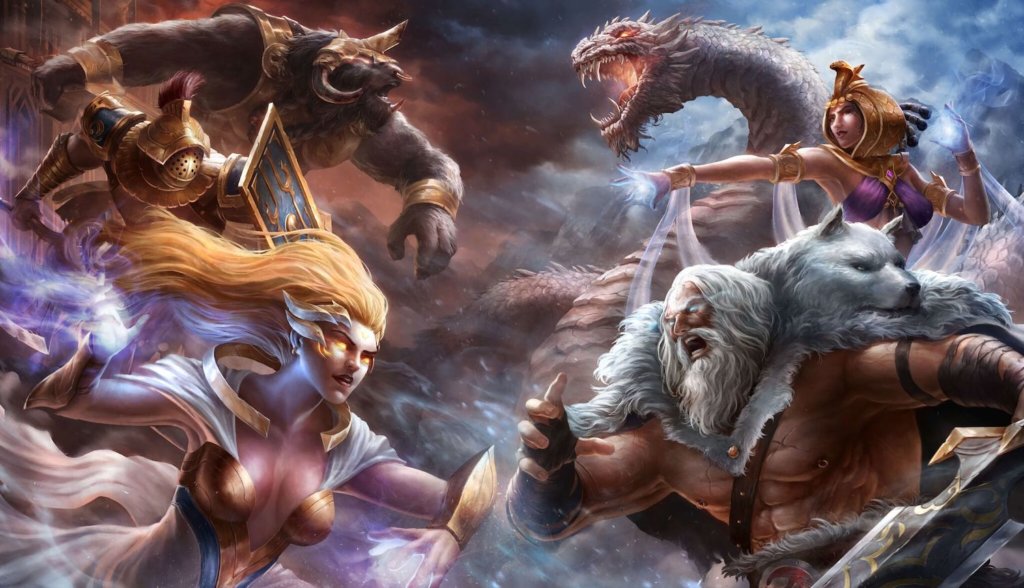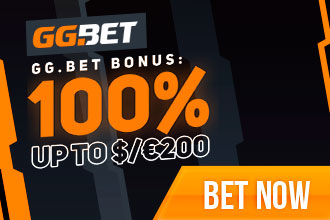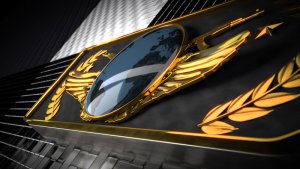Understanding NFTs: A Revolution for Gamers and Esports
Non-fungible tokens (NFTs) are changing gaming. Using blockchain technology, NFTs give digital assets a unique identity and a tangible real-world value making them portable and tradeable. NFTs will make it possible for gamers to take their skins, avatar, or gaming character into every game they play.
For the first time in-game items can have exclusive ownership. Limited edition digital items can have unique identities that mean they can be sold and transferred securely just like physical collectibles, vehicles, and clothing!
The impact of NFTs is massive for both esports and gaming.

What are NFTs and how do they work?
NFTs (Non-fungible tokens) are cryptographic tokens that have unique and distinctly traceable identities. They can represent very different digital assets and have very different values. The non-fungible part means that their value is unique to each individual token.
To further understand the concept, lets take a look at their closest Bitcoin. Bitcoin is a cryptographic token, coin or cryptocurrency that is a digital asset secured and represented using blockchain technology. It is, in essence, a piece of encrypted code stored on a digital ledger or blockchain network. Like fiat currency, such as the dollar, Bitcoin is fungible. One dollar can be exchanged with and has the exact same worth as another dollar. One Bitcoin is worth the same as another.
NFTs use the same blockchain technology to encrypt, but their value is non-fungible, making each one unique. The encrypted computerised code representing each token can describe exactly what the asset is, its value, its appearance, and its owner. NFTs cannot be simply swapped like for like, as no two are the same. Though, via games or marketplaces, players might decide they wish to swap one of their NFT skins directly for another as they perceive the value of both, to them, to be the same.
“NFTs are thus blockchain based tokens that can represent in-game assets such as art, game items and skins. There are NFT marketplaces where tokens representing digital assets, or collectibles, can be traded and sold. And, new games are being built entirely around this new in-game economy creating technology.”
One of the first blockchain projects to really take NFTs into the spotlight was CrytoKitties. A collectible cat trading “game” that launched during the cryptocurrency boom of 2017. Its most expensive digital kitty sold for the equivalent of $170,000 in 2018.
Nowadays, we have a huge boom of NFTs being sold for mind numbing amounts. Nyan Cat sold for more than $500,000, Twitter co-founder Jack Dorsey is selling his first tweet for 2.5 million, and digital artist Beeple sold his collection for $69m.
Today the big game publishers are working out just how to bring NFTs, and the revenue generating opportunities they create for both game and publisher to the next Fortnite or Dota 2.
NFTs and Gaming
Blockchain technology and NFTs offer new levels of game monetization, and entire new revenue streams, for game developers and publishers. Blockchain provides a secure transaction platform for games and with NFTs also gives a method of decentralized asset exchange. Publishers are now developing games with lines of collectibles, like F1 vehicles in racing games, which they hope will be worth serious cash and will attract gamers who want to play but who will also benefit from earning, buying, collecting, and trading their in-game assets.
The prospect of actually accumulating game assets with real-world value can only be enticing for gamers. Imagine if your Fortnite skin and equipment collection you have just spent two years building is actually worth a few thousand bucks. For serious gamers who do accumulate valuable and rare in-game assets there’s actual potential to start earning from their hobby in a new way.
With NFTs each in-game item you accumulate in your gaming account has a unique identity attributed to you. You will be able to take your NFT, tokenized assets, out of your game and store them in your digital cryptocurrency wallet. You can then take them to another game, sell them on a marketplace, or trade them with someone else. The technology is still new and has yet to be seen in any of the existing major titles but it is only a matter of time.
Cryptocurrency investors, the Winklevoss twins who made at least a billion from Bitcoin, bought Nifty Gateway in 2019. They saw the potential of the platform where consumers can pay for “nifties” or NFTs with a credit card. At the time the platform listed NFTs from CryptoKitties, Open Sea and Gods Unchained games. Tyler Winklevoss said at the time:
“We believe in this future where all your assets will be on a blockchain and you may want to buy, sell and store them, and Nifty fits that vision.”
At the end of 2019 DApp development platform WAX launched its WAX Cloud Wallet aimed at blockchain game players. It allows a much easier login and ability to store digital game assets than conventional cryptocurrency wallets.
In latest developments, Animoca’s NBA Top Shot, a digital version of basketball card collecting, has this year surpassed $100 million in sales just five months after the platform became publicly available. It has also inspired a boom in Google searches for “NFTs.” VentureBeat puts revenue generation for NBA Top Shot at $60 million from 60,000 users in just one week in February 2021.
New gaming projects like The Sandbox are bringing entire virtual worlds to players who can build and monetize their own gaming experiences. Such virtual worlds offer virtual space or “land” where gamers or companies can showcase their developments. This virtual “land” is, you guessed it, NFTs giving it real-world value as well as exclusive ownership.
In the end, NFTs might turn into a bubble for any industry outside of gaming and esports, but inside the video gaming world unique digital one-off content is the holy grail.
Read next: Are esports fan engagement platforms worth your money?

 LOL
LOL CS:GO
CS:GO Dota 2
Dota 2 Valorant
Valorant Fortnite
Fortnite Overwatch
Overwatch StarCraft
StarCraft Call of Duty
Call of Duty






















 EN Global
EN Global  BR Português
BR Português